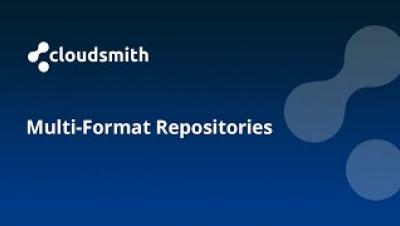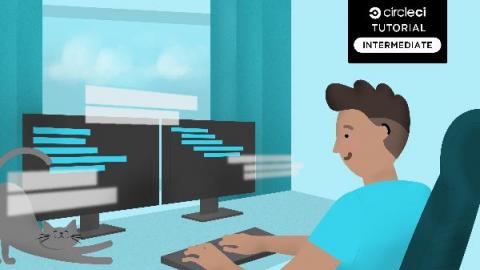Operations | Monitoring | ITSM | DevOps | Cloud
CI CD
The latest News and Information on Continuous Integration and Development, and related technologies.
Use InfluxDB with GitHub Actions for GitOps, CI/CD, and Data Transformation
GitHub Actions are a powerful way to add automation to any source code repository. When you take that power and connect it with InfluxDB, you get an amazing combination that allows you to automate data generation, manage GitOps workflows, and a whole lot more. This post will highlight some of the interesting ways to use InfluxDB and GitHub Actions.
Override Jenkins default executor configuration for more control over cloud infrastructure
The Spot Jenkins plugin allows Jenkins to manage Elastigroups, enabling users to run servers with spot instances and take advantage of the other Elastigroup features. It’s a powerful integration that Spot is continuously improving in order to give our users even more control over their application infrastructure.
Integrating Speedscale with Jenkins
Minimizing and automating the path from development and production is necessary in order to stay competitive and keep customers happy. As engineering teams strive to solve this by quickly and efficiently rolling out new features, updates, and bug fixes, continuous integration and deployment (CI/CD) has come to be regarded as an industry best practice. One of the most popular CI/CD solutions is Jenkins, an open-source job execution system.
Stories from the Trenches: Atlassian - Why Devs Need to Be Involved in Production
Multi Format Repositories
CircleCI Server 3.1 Demo | Server Metrics, Backup & Restore plus Runners
How to sell your manager on CI/CD
Continuous integration seems like a smart choice, right? Why would anyone think that integrating your code into the product as soon as possible is a bad idea? Let me take you back to August 2000, when a fresh-faced young engineer was starting her first engineering role. She was given a desk, a computer, and a detailed project plan that included a release date three months in the future.
Continuous integration for Rust applications
Rust is a powerful language built on the promise of performance and reliability. With no runtime or garbage collector, it easily runs in any environment and can be integrated into any existing language or framework. With the advent of WebAssembly . Rust has become even more valued in the web development space. Rust’s seamless peering with Node.js to build highly performant functionalities has made it a delight for web developers.
Automate your releases with CircleCI and the GitHub CLI orb
Last year, GitHub announced the release of their new CLI tool . The new gh CLI wraps around the standard git cli and offers a suite of additional GitHub.com specific commands. These new commands include the ability to create a new pull request and to create a release directly from your terminal. We here on the CircleCI Community and Partner Engineering team at CircleCI use the gh pr checkout command all the time to safely test pull requests from the community (you!) on our various orbs .











